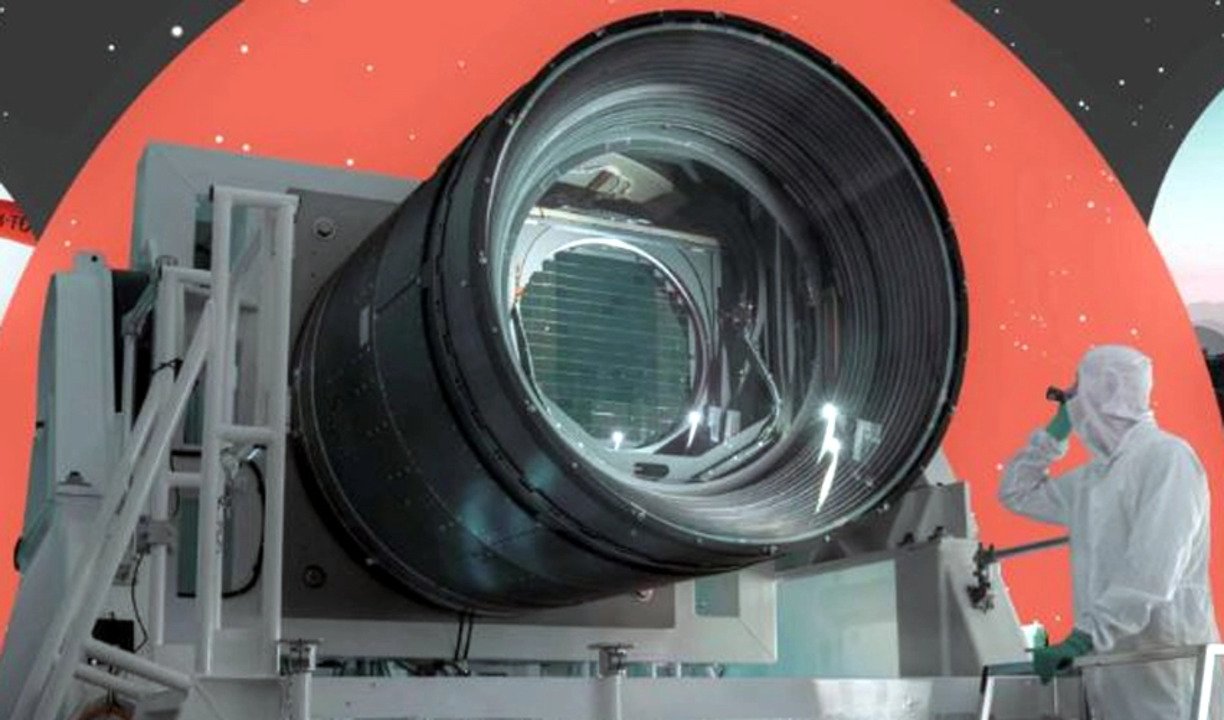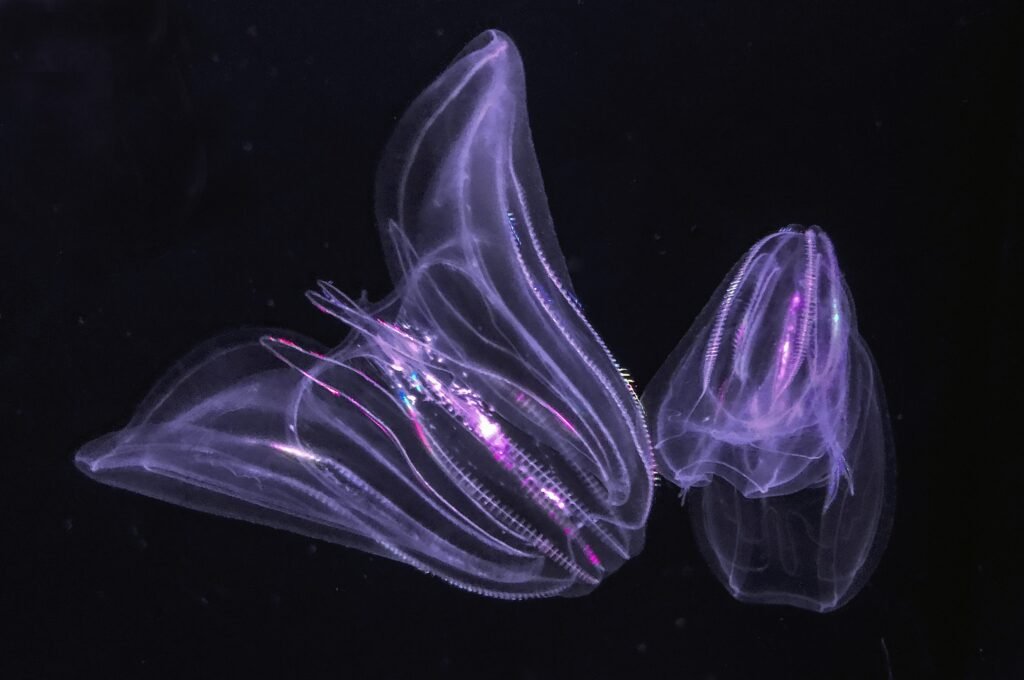Chile to install world’s largest astronomy camera on Atacama desert
South American country Chile, is set to install the world’s largest astronomy camera on the edge of the Atacama desert. This camera has a more than 3.2 gigapixels resolution and weighs nearly three tonnes.
Chile developed this camera to conduct an extraordinary ten-year-long investigation to understand the universe’s dark energy and matter. This camera is installed in the Vera C. Rubin Observatory. It is the largest synoptic survey telescope.

Rubin Observatory consists of a camera and a ground-based telescope. Developers are transporting the components of Rubin Observatory in multiple vehicles to the top of Cerro Pachon in the Coquimbo region. It is located 565 kilometers north of Santiago on the edge of the Atacama desert.
The Rubin Observatory camera has an automated data processing system. It is also an eight-meter wide-field ground-based telescope. After ten years of investigation, it will develop a catalog database of fifteen petabytes.
Moreover, it will generate about twenty terabytes of data every night. The goal of Chile to install this world’s largest astronomy camera is to investigate the potential of Earth’s collision with asteroids, stars, and planets near Earth.

It will also give information on the nature of dark energy and matter in the universe, of which only a small portion is available. NOIRLab will run this observatory.
Chief science officer and deputy director of NOIRLab center, Stuart Corder, stated everything they needed for operations is now on top. It is ready for checkout and hopefully for installation later this year. He also said they hope they will get answers to the following questions in ten years.
These questions include when the universe came into being and put into motion. How will it continue to change in the future? Stuart said the result might not be new from what they already know, but it will help them refine their understanding of the universe.
Read More:
- Sea creature turns into a baby when it is stressed out showing time travel
- Realme Narzo 70 Turbo 5G launch date, features, specifications & price
- European Space Agency printed 3D metal part in space for first time
- Earth’s mysterious Alaska triangle where over 20,000 people disappeared
- Philips Hue launched a new smart lighting solution for kitchen
- NASA to launch life-searching spacecraft to Jupiter’s moon Europa
Share this content:










Post Comment